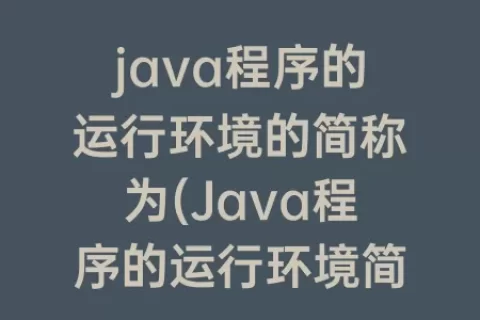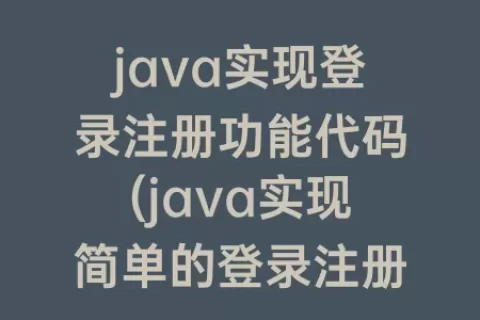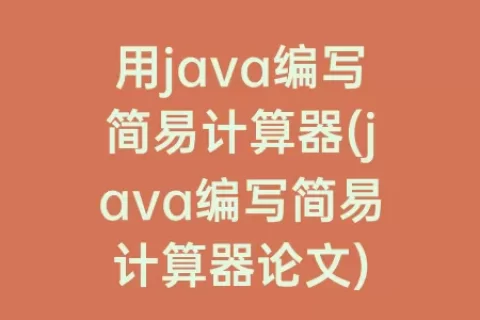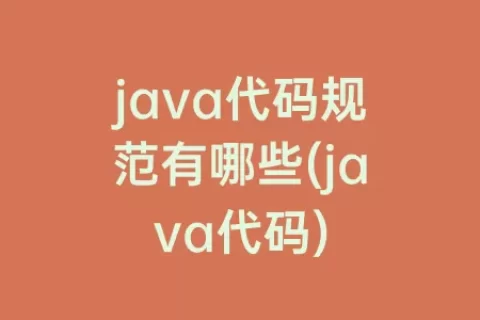1. Introduction
Java is a widely-used programming language that offers a wide range of features to developers. One of the features of Java is the switch statement, which is used to allow a program to choose one specific execution path based on the value of an expression. One common usage of the switch statement is to provide a default case. However, there are cases where the default option is not needed or can even be detrimental to the overall functionality of the program. In this article, we will explore the use of Java switch statements without the default option.
2. When to Avoid Default
By default, a switch statement will execute the default case if none of the other cases match the value of the input expression. While this can be helpful in some scenarios, there are cases where it can be a hindrance. In some situations, a given input value may not have a defined behavior. For example, if the input is an integer value and the switch statement is designed to handle only positive integers, there is no defined behavior for a negative integer value. In such cases, executing the default case could result in an undefined behavior, leading to undesirable results.
3. Alternative Strategies
There are different strategies that can be employed to handle cases where the default option is not desirable. One approach is to throw an exception if the input value does not match any of the defined cases. This can help prevent undefined behavior and allows the program to inform the user that the input was not valid. Another approach is to use an if-else statement to handle different cases. This can provide more precise control over the execution of the program and can allow for more customized output based on the input value.
Conclusion
The Java switch statement is a powerful tool for controlling program flow based on the input value. While the default case can be useful in some scenarios, there are cases where it can be detrimental to the program. In such cases, alternative strategies, such as throwing an exception or using an if-else statement, can be employed to provide more precise control over program execution. As with any programming technique, it is important to carefully consider the requirements of the program and the behavior of the input values to ensure that the program functions correctly and safely.
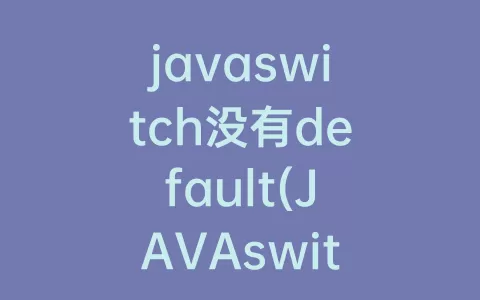
本文来自投稿,不代表亲测学习网立场,如若转载,请注明出处:https://www.qince.net/javapeixung4n.html
郑重声明:
本站所有内容均由互联网收集整理、网友上传,并且以计算机技术研究交流为目的,仅供大家参考、学习,不存在任何商业目的与商业用途。 若您需要商业运营或用于其他商业活动,请您购买正版授权并合法使用。
我们不承担任何技术及版权问题,且不对任何资源负法律责任。
如遇到资源无法下载,请点击这里失效报错。失效报错提交后记得查看你的留言信息,24小时之内反馈信息。
如有侵犯您的版权,请给我们私信,我们会尽快处理,并诚恳的向你道歉!

